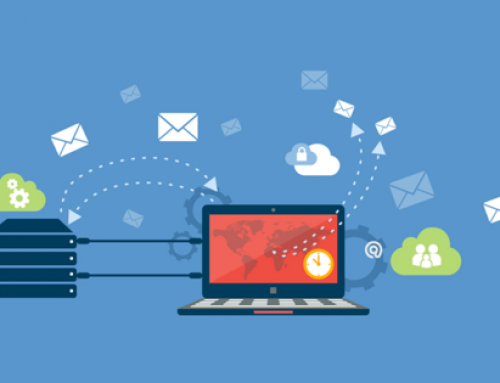The exponential increase in data from the Internet, mobile devices, digital business processes, and the Internet of Things provides businesses with invaluable potential assets that can be leveraged for competitive gain.
Without the right tools and strategies, however, the value of these assets usually goes unrealized. Worse, the deluge of data flooding enterprise systems can create expensive storage management and backup nightmares. Most legacy data centers simply weren’t built to handle the volume of data generated by the modern mobile and digital economy.
Further, the rising popularity of cloud computing and edge networks means business data can be spread over multiple locations and be housed on a wide spread of sources including physical servers, virtual machines, PCs, mobile devices, applications, and more.
All of this data has to be securely stored and backed up at all times to prevent loss from power outages, natural disasters, malfeasance, and human error. Indeed, failure to securely scale data storage and backup in an increasingly distributed computing environment can make or break businesses as they strive to grow.
Rather than effectively using data as a competitive asset, enterprises that are unable to manage and protect their data run the risk of 1) having customer and corporate information lost or stolen, 2) spending money unnecessarily on data storage, and 3) losing business to competitors who have deployed more agile and scalable data management solutions.
What’s required is a comprehensive and scalable backup solution that is flexible and easy to deploy and manage, and which puts control in the hands of the end user. To handle the complex demands of data management across multiple environments, such a solution should include:
- Adaptability to any business environment, network, and IT infrastructure
- A hybrid cloud architecture for simultaneous backup to local and cloud storage
- Flexible data recovery that enables backup for single files to entire systems
- The ability to restore full systems to different hardware if necessary
- Tools for backing up virtual data and migrating servers between virtual and physical platforms
- Easy and/or automated backup procedures
- Digital security (such as encryption) for data being stored or transferred
- Rapid disaster-recovery tools
- Disk management, compression and deduplication
- Simple, centralized management compatible with mobile devices
- Secure physical facilities (with trained staff) for remote cloud hosting
- 24×7 technical support
If that seems like a lot, it is. But the modern business must manage and protect unprecedented amounts of data stored in different locations using multiple storage technologies, all while trying to minimize the administrative burden so IT personnel can focus on activities that bring direct value to the business.





Social Media